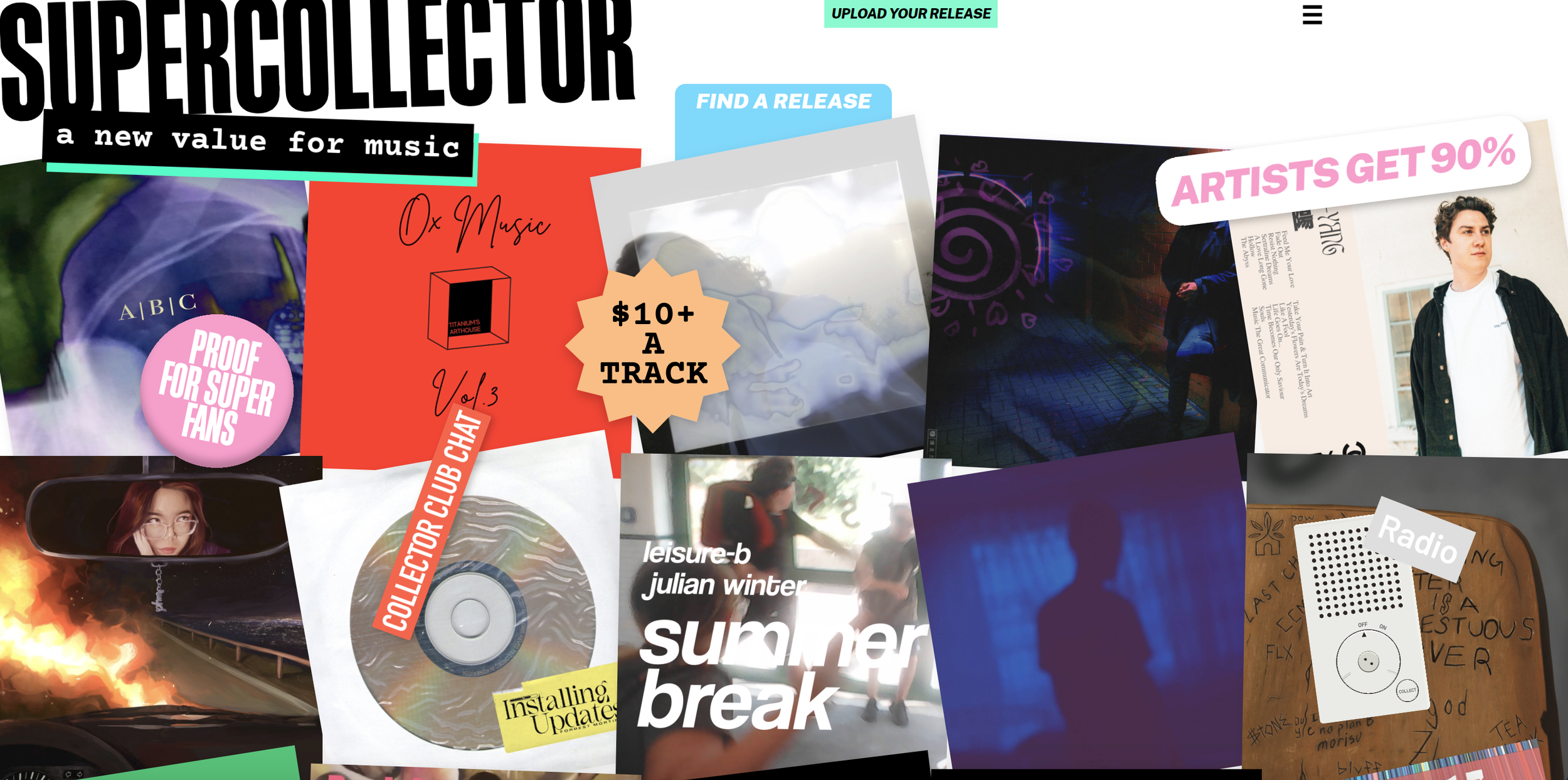Data collection and communication is an essential tool for effectively managing arts organizations. Data visualization techniques can reveal organizational or industry insights in a manner which is easy for managers to understand and communicate to their stakeholders. Explore sources for open source data, and low cost, high impact data visualization tools in this new white paper.
#TBT: Accessibility in the Arts
This past year, contributor Kate Tsai gave us several fantastic articles about accommodating disabilities for arts non-profits. It really seemed to interest our readers so we wanted to re-post some of the Kate's best articles, and remind our audience of a few past gems as well.
First Kate gave us a fantastic infographic about many different types of impairments and disabilities that can create barriers when interacting with an arts organization. In addition, she walked us through 6 quick ways to adjust websites, making them more readable and clear for audiences of all kinds.
Some of our most well-read accessibility articles center on technology for museums. In the spirit of other brief overviews. In 2016, contributor Christine Nolan showed audiences just which technologies can contribute to a more accessible and audience-friendly museum experience.
5 Technologies with the Potential to Enhance the Museum Experience
In the same vein, contributor Stephanie Sun wrote about 5 technologies that give audiences ways to connect differently with the arts experience. Although these weren't highlighted directly as opportunities to improve accessibility in Museums, they are all opportunities in these areas. For instance, 3-D scanning has made it possible for Museums to create touchable replicas for people with vision impairment. What are some other applications of these technologies that open doors for improved accessibility.
Opening Doors
Museums are not the only ones looking to accommodate a wider range of audiences. Contributor Christine Sajewski writes a two-part piece on what sensory-friendly performances are and how they are implemented effectively in the field. The first part focuses on the 'what' and the second part focuses on the 'how'.
AMT Lab News Roundup: August
August tends to be summer's warmest month, and the news in the arts management and technology sector was just as hot. Cuseum released a report on AR’s visitor impact, early blockchain prototypes were found in the New York Times, and the Broad Museum shared details on their upcoming smart gallery labels. Plus, if your organization hasn’t thought about Pinterest in a while, you may want to. Read on to find out more!
Emerging Digital Pathways #3 of 5 Peer-to-Peer Fundraising
Peer-2-Peer (P2P) campaigns are used often among the non-arts nonprofit community in the United States. 87% of Millennials and Generation Xers are willing to use peer-to-peer for their giving. P2P is a digital fundraising platform that strengthens the relationship between donors and arts organizations. It is an interactive platform where donors can be more actively engaged with their organizations and share their contributions with their peers. If arts organizations want to build deeper relationships with donors, they should try to include P2P in their fundraising plan. The following article explains how.
AMT Lab Returns With New Research Tracks and a Grant Announcement
Taking a Pause: Transitioning to the 2018-19 Staff
Let Your Voice Be Heard! 2018 AMT Lab Reader's Poll
#TBT: WOYP & Top Tech Article
Digital Fundraising with Text Messaging, Part 2 of 5
According to the 2018 Global NGO Technology Report, over "15% of non-governmental organizations (NGOs) worldwide regularly send text messages to donors and supporters." In addition, "43% of those NGOs use a Text To Give service for SMS fundraising." These trends continue in the United States, with the mGive Foundation's 2015 Text Donation Study finding "that for 46% of donors, giving via text is a preferred method." The most popular SMS campaigns tend to favor urgent crises, with over 65% of donors giving via text supporting disaster relief organizations, followed by health institutions and human services organizations. This particular study also referenced a "Giving Gap" where people who responded that they strongly favored using text as a method of donation rarely followed through with that wish. This led mGive to conclude that "it is likely that many donors are not being given ample opportunity to make text donations."
Given this evidence, there is a want from donors for text-based giving that is not being fulfilled. Here’s how your organization can learn to meet this demand.


















